Everyone has their reasons for making the decisions they do.
You are no exception.
Learn the pros and cons of living in the Philippines before you relocate.
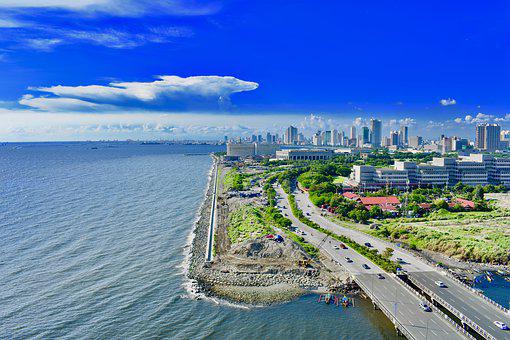
Contents
Pros of Living in The Philippines
1. Affordable Cost of Living
If you want to make it in the Philippines, you only need to earn a minimum of about $600 a month to a maximum of about $1200 per month.
If you earn two or three times more than that, that is all the better for you.
As long as you can work it through legal channels, such as building a retirement fund, you should live well there.
2. Beaches
There is a reason people often retire overseas.
The Philippines has its share of beaches, which makes it one of the top reasons to live here.
Maybe you should take a couple of vacations to these destinations: Boracay Beach in Aklan, Samal Island in Davao City, or Panglao in Bohol.
Otherwise, choose a preferred spot of your own to explore before deciding to relocate.
3. Almost Always Sunny
April gets about 261 hours of sun on average in Manila.
This area receives about 87.8 days of sunlight (2110 hours) per year.
Average monthly temperatures range from about 78 degrees Fahrenheit (26 degrees Celsius) to 85 degrees Fahrenheit (29 degrees Celsius).
Maximum rainfall is about 18.7 inches in the month of August.
4. Affordable Business Talent
Do not mistake this for hiring cheap labor.
However, if you are American, you can pay what you consider to be a decent wage to your employees if you earn more than you would in the Philippines.
You could make a difference in people’s lives overseas, providing them with a way out of their poverty by creating jobs.
It is a win-win for you because your labor expenses are lower than in America too.
5. A Center for Networking
The Philippines seems to attract business investors and the people they network with.
You may want to check out events sponsored by one of these organizations: Business Network International, Manila Entrepreneurs, and Business, IdeaSpace, or Nordic Business Council Philippines.
It’s not all about making money, however.
These organizations have social events and focus on spreading goodwill, encouragement, and kindness.
It is about building long-term relationships within communities.
6. Friendly People
There is a feeling of togetherness in the Philippines that some people who lived there before described as America back in the 1950s.
It is not uncommon to see people providing hospitality and gathering together in large groups, and they value family there.
7. The Currency Rate Advantage
As long as you figure out a way to channel your American money into the Philippines legally, you have a currency advantage.
The USD-to-Filipino-Peso conversion rate is about 50 to 1.
Of course, that does not mean you have “more money” just because you are there.
Still, you will know how much you have to work with after your conversion.
8. New Nature and Wildlife Discovery
In addition to the beaches, you also will find mountains for hiking, such as Mayon Volcano, Mount Pulag or Mount Apo.
These places provide you with plenty of vantage point viewing, which will particularly impress you during sunrise or sunset.
You also can look out for animals and plants you may not have in your native country, or at least not where you’re from.
9. Animals
If you are a nature lover, and you love to study animals, the Philippines is one place where you can fulfill that passion.
For instance, maybe you will see a chevrotain (mouse deer) or pangolins (scaly anteaters) here for the first time.
Other animals that inhabit this land include red and brown deer, civet cats, and water buffalo (carabao).
You will also see the farm and domestic animals such as goats, cats, hogs, dogs, monkeys, squirrels, and horses.
10. Plants
One of the green plants with the most strikingly unforgettable leaf formations is the Kris Plant.
Its leaves have a long, slender shape resembling that of a hand garden spade.
The light green stripes that run horizontally across the dark green leaf to the center create an eye-catching contrast.
Other plants that come from the Philippines include the Philippine Teak (Tectona Philippinensis), Kalingag (Cinnamomum Mercadoi), Copeland’s Pitcher Plant (Nepenthes Copelandii), and Attenborough’s Pitcher Plant (Nepenthes Attenboroughii).
Cons of Living in the Philippines
1. Terrorism
Unfortunately, violent people ruin it anywhere you go, and moving to the Philippines does not exempt you from terrorist exposure.
The government even mentions that terrorism is “very likely here.”
The capital of Manila is one target, and so are Mindanao, Basilan, and Jolo.
Approximately 40 major bombings on the island have occurred that involve more than 2000 radical Islamic groups.
Not all terrorists are Muslims, however.
That is just a stereotype. Still,
learn how to stay safe.
Safety Information
Start here for more information about how to stay safe in the Philippines.
You also may want to read about the country’s 2022 global terrorism index, which says that terrorist activity declined from 2021.
2. Crowded Locations
Manila, Mandaluyong, and Pasay City are some of the most crowded places.
From most to least, these cities pack in 73,920, 45,830, and 31,543 people per square kilometer.
Multiply those numbers by about 2.59 to get the number in square miles.
It is quite a bit of people, considering India only has about 416.2 per square kilometer (1,078 people per square mile) in some places.
However, some Filipino locations, such as Apayao, Abra, or Palawan (minus Puerto Princesa) have only two to almost six dozen people per square kilometer.
3. The Rainy Season
The heaviest rainfall occurs between July and September.
It downpours so hard that the streets become flooded, almost like a typhoon (strong winds similar to hurricanes).
One of the worst hurricanes to hit this area is the Haiphong typhoon, which killed about 20,000 people.
Make sure you stay alert and watch out for stormy weather before you even decide to leave for your trip.
4. Sometimes Too Hot
The months of April and May become scorching hot, especially in the southern portion.
The record hottest temperature ever was 107.6 degrees Fahrenheit (41 degrees Celsius) in 1912 and 1969 in Tuguegarao, Cagayan.
The second hottest day in Manila reached 101.3 degrees in 1989.
It is not uncommon for the average daily temperature to remain at 90 degrees for at least a couple of days at a time.
However, it is more often 85-87 degrees here, other areas may read up to 104 F sometimes.
5. Terrible Wi-Fi (In Some Places)
Take it from a travel blogger who has been to the Philippines twice.
This traveler enjoyed the people, coconuts, beaches, snorkeling, and island life.
Still, Wi-Fi could use some improvement.
That, of course, probably depends on where you decide to go.
If you do move to the Philippines and you need your Internet for your work, do not live on Malapascua Island, where it could take you half an hour to upload a photo.
However, the problem with Wi-Fi typically occurs on cloudy days or during bad weather.
6. Extra Fees
Of course, if you are staying a while in the Philippines, not all these taxes may always apply to you.
If you plan to make a few short trips before settling there, prepare yourself for extra port, baggage, and transportation fees.
Some of it pertains to the number of transfers you make while in transit on planes, trains, buses, etc.
You might encounter this when traveling within the country too.
7. Environmental Degradation
The United Nations makes mention of environmental degradation, which may cause some of the poverty that occurs here.
However, the heavy illegal trafficking of wildlife and fishing was prohibited, and deforestation also has caused a decline in this land’s ecosystem.
The Philippines also experiences a high amount of toxic dumping.
The government and the Peace Corps, however, continue to take action against this to improve conditions.
8. Poverty
You might not be in poverty, but the people around you may be.
It could cause a plethora of problems, such as lack of access to quality health care, susceptibility to scams and being taken advantage of, and inability to acquire the comforts you’re accustomed to.
It is not about you not having money.
It is about where you choose to live, whereas some places are not as developed as others.
Even if you are not poor, you will have to accept the poor conditions around you if you choose not to live in a more established city.
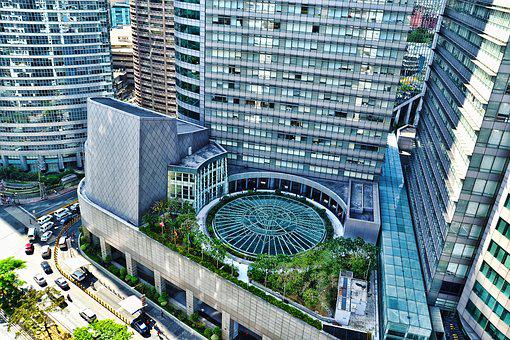
Pros and Cons of Living in The Philippines – Summary Table
| Pros of Living in The Philippines | Cons of Living in the Philippines |
|---|---|
| 1. Affordable Cost of Living | 1. Terrorism |
| 2. Beaches | 2. Crowded Locations |
| 3. Almost Always Sunny | 3. The Rainy Season |
| 4. Affordable Business Talent | 4. Sometimes Too Hot |
| 5. A Center for Networking | 5. Terrible Wi-Fi (In Some Places) |
| 6. Friendly People | 6. Extra Fees |
| 7. The Currency Rate Advantage | 7. Environmental Degradation |
| 8. New Nature and Wildlife Discovery | 8. Poverty |
| 9. Animals | |
| 10. Plants |
Philippines Safety Overview
READ THE FULL REPORT: Philippines Safety Review
Safety Index: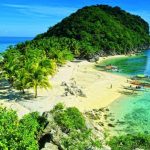
- OVERALL RISK: MEDIUM
- TRANSPORT & TAXIS RISK: MEDIUM
- PICKPOCKETS RISK: HIGH
- NATURAL DISASTERS RISK: HIGH
- MUGGING RISK: MEDIUM
- TERRORISM RISK: MEDIUM
- SCAMS RISK: HIGH
- WOMEN TRAVELERS RISK: MEDIUM
Frequently Asked Questions
How do you stay safe in the Philippines?
Pay attention to where the terrorist groups usually congregate, as warned by the United Kingdom Government.
The same is true of kidnapping locations, which include Mindanao and the Sulu archipelago.
However, violent threats do not seem to have a common location theme – can happen anywhere.
The only thing common about them is this: terrorists and kidnappers usually target foreign nationals, and it is not always children.
Journalists, reporters, humanitarian volunteers, and business people are all at risk.
This information specifically reaches UK audiences.
However, it has safety information you can use no matter where you were born in the world.
What are the safest places to live in the Philippines?
Refer to this source for more information, and do some more of your own research besides this.
However, this will point you in the right direction.
Some of the safest places to live in the Philippines include Davao, Baguio, Makati, and Iloilo or Cebu.
Here is another resource that shares the 10 Safest Places to Live in the Philippines.
Are there hurricanes in the Philippines?
They do happen, but severe ones do not happen that often.
Some people come to the Philippines and stay until the wet, rainy, and monsoon season starts.
Then, they leave and come back again.
How should I act around people in the Philippines?
Notice their social cues when talking to them.
If they do not understand you, they will open their mouths.
If they do agree or understand, they will raise their eyebrows.
Some etiquette tips:
- Do not stare at anyone (like in most countries) because it is considered rude.
- If you put your hands on your hips, they will think you are angry even if you are not.
- It is an insult to curl your finger as if to say “come here” to someone.
- The Philippines frown upon getting drunk.
- Always keep your hands above the table at dinner.
It is important that you study etiquette and do as much research on the culture as possible before you arrive, especially if you plan to stay here.
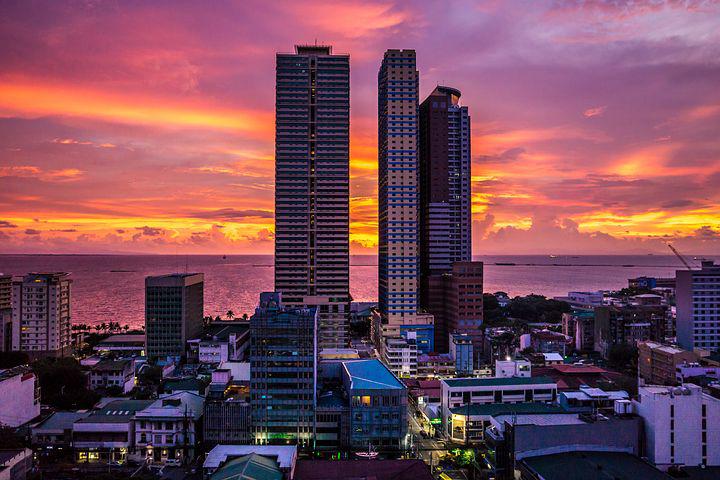


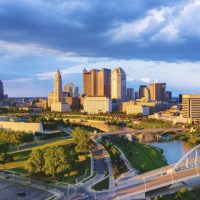
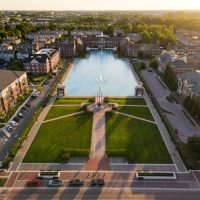
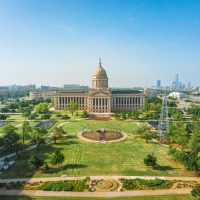
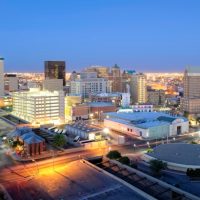





I have lived in the phillipines during my time in the navy at Subic. I am retired now and would like to give the islands a try
You guys say the temp staying 90 for a couple days is hot??! Ha! Then do not come to Houston Texas during summer which is usually 8 to 10 months where ppl find 90 degrees fahrenheit is comfortable.. And that’s with humidity…
They must have enough people there, no need tourist money, need travel every 30 days, pay to much for visa.
Mexico and South get 90 days , easy cross boarder for 90 days more and short flight same time zone.